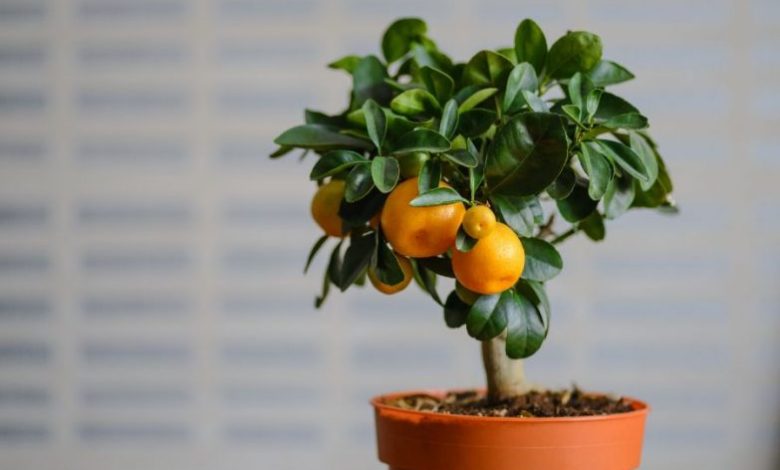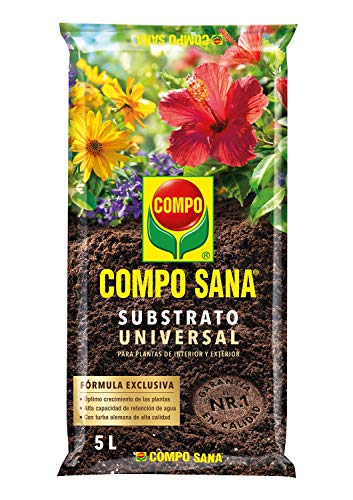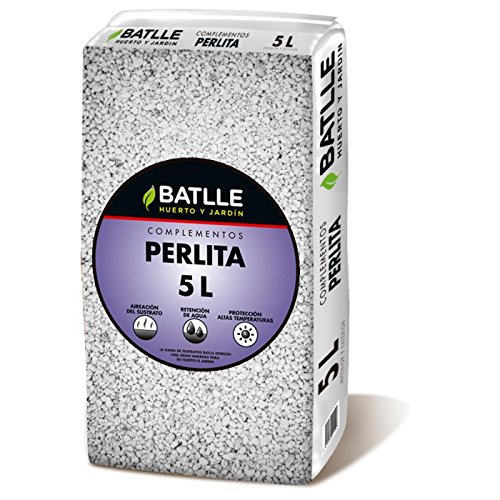Orange Tree Care: [Soil, Humidity, Pruning and Problems]

What characteristics does the orange tree have?

The orange tree is one of the most cultivated plants in the world, given its sweet and fresh aroma, the exquisiteness of its fruit, the orange, and the properties it has.
It can be enjoyed in different ways. Its scientific name is Citrus sinensis. There are sweet and sour oranges.
But there is not a completely sweet orange, but rather a bittersweet one, although there is a species, the citrus aurantium, a medicinal variant that also produces bitter oranges, used in the production of liqueurs, jams and preserves.
This fruit tree has a short smooth grayish trunk, bright green 7 cm oval evergreen leaves, rooted in large spiked branches, beautiful white flowers.
A single plant can produce fruits that are enough to feed entire families.
One of the main characteristics of the orange tree flowers is that they are hermaphroditic, with 5 white petals, with a captivating aroma, and they usually appear solitary or in small clusters.
Belonging to the Rutaceae family, the orange is sister to the mandarin and cousin to the lemon and lime, it is native to China and Indochina and can reach a height of up to 13 meters when it is in good condition, although its average height is 7 meters.
When shaped into a pyramidal fruit tree, it assumes a large, dense conical crown of handsome bearing, standing out from a distance like an elegant lady of good looks.
As it is rooted in the Mediterranean areas, there is a belief that the orange tree comes from here. In the Iberian Peninsula it is widely grown in Valencia and in the Ebro area, where it has very modern irrigation systems.
The orange season in Spain lasts for nine months, from October to the end of July; but it all depends on the type of orange, since each one of them has its harvest months.
It is a long-term crop in the United States, especially in California and Florida; in most of the Mediterranean countries and in Brazil, Mexico, Venezuela, China, India, Iran, Egypt, Turkey and South Africa.
What land needs does the orange tree have?
It is a plant of clay soils where it grows without major problems, but in pots we must use substrates with good drainage. What is recommended is a homemade organic material such as compost of 60% mulch and perlite, and as the first layer inside the pot, 10% volcanic clay.



The fertilizer we use for the development of the plant is very important. Experts recommend seaweed extract, for its nutrients, although we should not abuse it in this sense because it is an alkaline fertilizer.

Another type of fertilizer that is recommended are organic fertilizers such as sheep manure or guano from bats or penguins.


How to make the orange tree grow strong and vigorous?
The orange tree is a wonderful tree, necessary, because its citrus production is vital for human beings; therefore, we must take extreme care, especially if we live in areas of intense cold.
Very intense rains and cold are negative in its development and in the prevention of diseases, so the production of oranges can vary depending on the climatological peculiarities in the course of the year.
It is best grown in regions with sun and warm temperatures, watering it from April to October and then shortening the watering in summer when we will water every three weeks. A sunny place in the garden is very appropriate to plant it.

Oranges need plenty of water, so much so that experts calculate that 115 liters of water are needed for every kilo, that is, 25 liters for each orange.
At least that is the opinion of Enrique Cabrera, professor at the University of Valencia, who at a conference in the Valencian community illustrated the matter by saying that one hectare of orange trees in full production requires 5,000 cubic meters of water per year to give more of 43,000 kilos of the fruit.
We can also grow the plant in a pot. Here, we will water regularly, especially in hot weather. Preferably do it at night because that way we will avoid evaporation, and in winter we will protect it inside the house where we will cover it to prevent it from freezing.
Another aspect is the cultivation area; this is relevant to know the orange season. For example, there are varieties that could start harvesting in October until the end of April, but there are others where we will start in January until April.
What humidity does the orange tree need?
Although it needs abundant watering, the orange tree is not a tree that can withstand excessive humidity, much less waterlogging, because we run the risk of losing it.
Frosts also conspire against it, especially in the affectation of the fruit whose quality tends to drop considerably in the cold, and in the most intense frosts the entire tree will be irremediably lost in such a brutal way that its rebirth in the same area it could take years.
Is it necessary to prune the orange tree?
Pruning is important for these trees, especially to remove leaves and flowers in poor condition, dry branches, and give it shape, especially that fantastic touch that it adopts with an ornamental pruning where its conical crown stands out because it is visually very nice.
How often should we prune the orange tree?
We will do the pruning every year, and the moment will depend on the temperatures, for example, we must take into account if frost could occur after practicing it, because if the temperature drops a lot and we have already pruned, the tree could suffer damage to its tissues.

Another thing that we must take into account is the activity of the plant, because when they are active, the sap transports nutrients to all its parts, and we could subtract those nutrients if we can at that time, so it is best to do it when the plant does not have activity, which is what is known as vegetative arrest.
The best time would then be in spring, before the tree wakes up from winter torpor and there is no risk of frost; or in the summer vegetative stop.
How can we avoid pests and diseases of the orange tree?
The main enemies of orange trees are cochineal, red spider mite and whitefly. We can attack them in autumn and winter with insecticide oil and the rest of the year with Neem oil or paraffin oil.

Maybe you are also interested in:
- How often and how to water my potted orange tree?
- How often and how to drip irrigate my orange tree?
- 7 Pests that Affect your Orange Trees: [Detection, Causes and Solutions]
- How to Fertilize Naranjo: [Components, Needs and Importance]
- How to Germinate Orange Seeds: [Time, Actions, Place and Steps]
- Potted Orange Tree Care: [Soil, Humidity, Pruning and Problems]
- Orange Tree Diseases: [Characteristics, Types, Detection and Treatment]
- Orange Tree Cuttings: [Grafts, Time, Rooting and Planting]
- Pruning the Orange Tree in a Pot: [Importance, Time, Tools, Considerations and Steps]
- Orange Tree Pruning: [Dates, Ways to Do It and Tools]
- Pruning a Sick Orange Tree: [Importance, Season, Tools, Considerations and Steps]
- Orange Tree Irrigation: [Needs, Frequency and Procedure]
- Most Famous and Delicious Orange Types and Varieties

![Photo of Almond Harvesting: [Harvest, Collection and Drying]](https://www.complete-gardening.com/wp-content/uploads/2022/08/almond-harvesting-harvest-collection-and-drying-390x220.jpg)

![Photo of Zucchini Varieties: [Characteristics and Classification]](https://www.complete-gardening.com/wp-content/uploads/2022/08/zucchini-varieties-characteristics-and-classification-390x220.jpg)
![Photo of Why is my Tomato Plant not producing Fruit? [Causes and Solutions]](https://www.complete-gardening.com/wp-content/uploads/2022/08/why-is-my-tomato-plant-not-producing-fruit-causes-and-solutions-390x220.jpg)